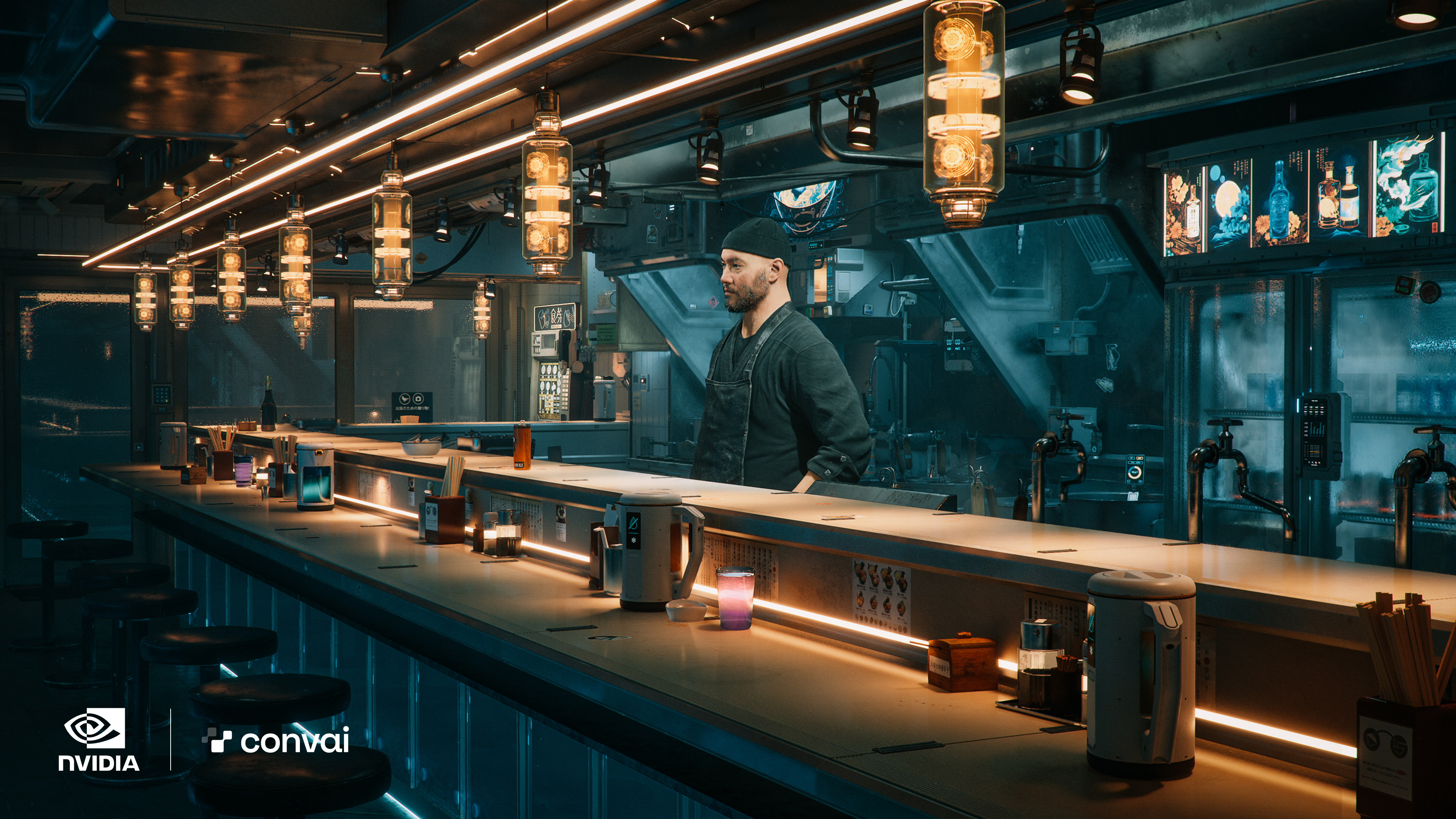NVIDIA has announced the release of the NVIDIA RTX Branch of Unreal Engine 5.2, a version of the popular game engine that integrates NVIDIA’s RTX and neural rendering technologies. The NVIDIA RTX Branch of Unreal Engine 5.2 brings the latest advancements of the engine, such as Nanite, Lumen, and MetaHuman Creator, together with NVIDIA’s ray tracing, DLSS, and NGX features.
Featured RTX Technologies
The NVIDIA RTX Branch of Unreal Engine 5.2 includes several RTX technologies that enhance the graphics and performance of games and applications. These are:
- RTX Global Illumination (RTXGI): RTXGI provides scalable solutions to compute infinite multi-bounce lighting and soft-shadow occlusions without bake times, light leaks, or expensive per-frame costs (NvRTX 5.0 & 4.27 ONLY). Learn more about RTXGI.
- RTX Direct Illumination (RTXDI): RTXDI lets artists add unlimited shadow-casting, dynamic lights to game environments in real time without worrying about performance or resource constraints. Learn more about RTXDI.
- Deep Learning Super Sampling (DLSS): DLSS leverages the power of a deep learning neural network to boost frame rates and generate beautiful, detailed images for your games. Learn more about DLSS.
- NVIDIA Real-Time Denoisers (NRD): NRD is a spatio-temporal, API-agnostic denoising library that’s designed to work with low ray-per-pixel signals. Learn more about NRD.
- Deep Learning Anti-Aliasing (DLAA): An AI-based anti-aliasing mode that uses the same technology powering NVIDIA DLSS, giving you even better graphics in your games. Learn more about DLAA.
- NVIDIA Image Scaling (NIS): A platform agnostic software driver-based spatial upscaler for all games. Learn more about NIS.
What can developers do with the NVIDIA RTX Branch of Unreal Engine 5.2?
Developers can use the NVIDIA RTX Branch of Unreal Engine 5.2 to create stunning and realistic games and applications that leverage the power of NVIDIA’s GPUs and AI. The branch also includes support for NVIDIA Omniverse, a platform that enables collaborative creation and simulation across multiple applications and devices.
This branch is available now for developers to download and use from the NVIDIA Developer website. The branch is compatible with Unreal Engine 5 Early Access 2 and requires an NVIDIA RTX GPU to run.
How can developers get started with the branch?
NVIDIA has also provided a number of sample projects and tutorials to help developers get started with the branch, such as the Marbles RTX demo, the DLSS Playground, and the MetaHuman Creator sample. Developers can also access the NVIDIA Developer forums and Discord server for support and feedback.
NVIDIA plans to update the branch regularly with new features and improvements as Unreal Engine 5 evolves. The company also encourages developers to share their feedback and suggestions on how to improve the branch and its integration with NVIDIA’s technologies.
Link: Branch of UE (NvRTX)
Why is this branch important for game development and graphics?
This branch is a testament to NVIDIA’s commitment to advancing the state of the art in game development and graphics. By combining the power of Unreal Engine 5 with NVIDIA’s RTX and neural rendering technologies, developers can create immersive and realistic experiences that push the boundaries of what is possible.
Resources:
NVIDIA Game Developer on LinkedIn
https://twitter.com/NVIDIAGameDev/status/1673740368528166913




























